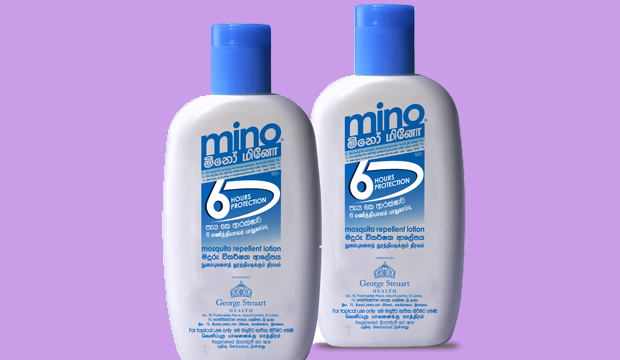February, 23, 2015

~ Recently developed ‘NS-1’ antigen the best way to diagnose ~
Ever since its first outbreak in 1965, Dengue has had our island home of Sri Lanka in its vice-like grip. During the past two months of 2015, 6996 suspected Dengue cases have been reported to the Epidemiology Unit from all over the island, with 46.34% of reported cases concentrated in the Western Province alone. The confirmed death toll so far for the year 2015 has been 11. As the numbers of cases continue to soar, we are presented with a daunting question; how do we fight this menace?
Dengue is a flavivirus that is transmitted predominantly by the Aedes aegytii mosquito in the urban setting and all four strains of Dengue viruses (DEN-1, DEN-2, DEN-3, DEN-4) are seen in Sri Lanka. The Aedes aegyptii mosquito can be easily identified by its alternating white-black lyre like underbelly markings which is characteristic to it. Known to be primarily human biters, the male and female adults feed on nectar of plants; however, the female mosquitoes require blood in order to produce eggs. Around three days after feeding on blood, the mosquito lays her eggs inside a container just above the water line over a period of several days. These mosquitoes can use natural locations or habitats (tree holes and plant axils) and artificial containers which have a tendency for collecting water (discarded tires, clogged rain gutters, flower vases) as breeding grounds to lay their eggs. The Aedes aegypti mosquito is known mostly to be a ‘dawn- dusk biter’ and is most active for approximately two hours after sunrise and several hours before sunset.
To avoid being victim to this nasty critter, several measures at a household level could be adopted. One method is to impede the spread of the mosquito through disruption of part of its life cycle by adopting measures to reducing the breeding. This can be accomplished by,
*Checking your yard weekly for water-filled containers.
*Throwing away or recycle water-holding containers that are not needed.
*If empty containers or large objects, must be stored, they should be covered, turned over or placed under a roof that does not allow them to fill with water.
*Checking that gutters are not holding water and cover rain barrels with tight screening so that mosquitoes cannot enter.
The other method is to avoid being bitten by the mosquito itself. This can be carried out successfully through,
*Using mosquito netting since it is primarily a day biter.
*Wearing clothes such as long sleeved shirts and long pants which would reduce the susceptibility of being bitten.
*The application of mosquito repellents.
Mosquito repellents have long been adopted as a successful deterrent to keeping these agents of disease at bay. To this end, GS Health has introduced the mosquito repellent-MINO. The utilization of IR 3535-which is developed by the world renowned MERCK Corporation of Germany- as its active ingredient sets MINO apart from other products available in the market which employ the substance DEET, which is known to be toxic to human skin. IR 3535 has been certified by the World Health Organization and the United States Environmental Protection Agency as an ideal substance that can be used in mosquito repellents safely without any adverse health effects. MINO has proven to be effective not only against Dengue mosquitoes but against all other mosquitoes which are responsible for the spread of diseases such as malaria or chickengunya. With its availability in all major supermarkets throughout the island, MINO has, without a doubt, proven to be a worthy opponent in the unending fight against Dengue.
Yet, even with all these preventive measures, many are the ones who are unfortunate enough to be victim to the bite of this deadly mosquito. Those with Dengue initially present with a fever along with retro orbital pain, muscle pain and joint aches and maybe accompanied by a maculopapular rash. This febrile phase usually lasts for a period of 1-7 days and may progressively worsen as the patient starts exhibiting nausea, persistent vomiting, abnormal lethargy and severe abdominal pain. The unfortunates who wind up with Dengue Hemorrhagic Fever may exhibit symptoms as mild as gum bleeding initially to excessive build up of fluid in the lungs termed as ‘pleural effusion’ as the disease worsens and even death. It is abundantly obvious that the early detection and management of Dengue is imperative to curb the rising death toll due to Dengue in Sri Lanka. One of the recent breakthroughs in the early detection of Dengue is the ‘NS-1’ antigen. This antigen can successfully detect the presence or absence of Dengue with a high level of sensitivity (71-100%) till day 3 of the febrile phase. Research has shown that the introduction of the NS-1 antigen to Sri Lanka has resulted in the successful detection of those stricken with the Dengue Virus in a clinical setting.
The war against Dengue rages on with many succumbing to its deadly spell. In order to battle this deadly foe we as Sri Lankans should take appropriate measures on a household and community level and act now. Prevention, as the old adage goes, is better than cure after all.
Video Story